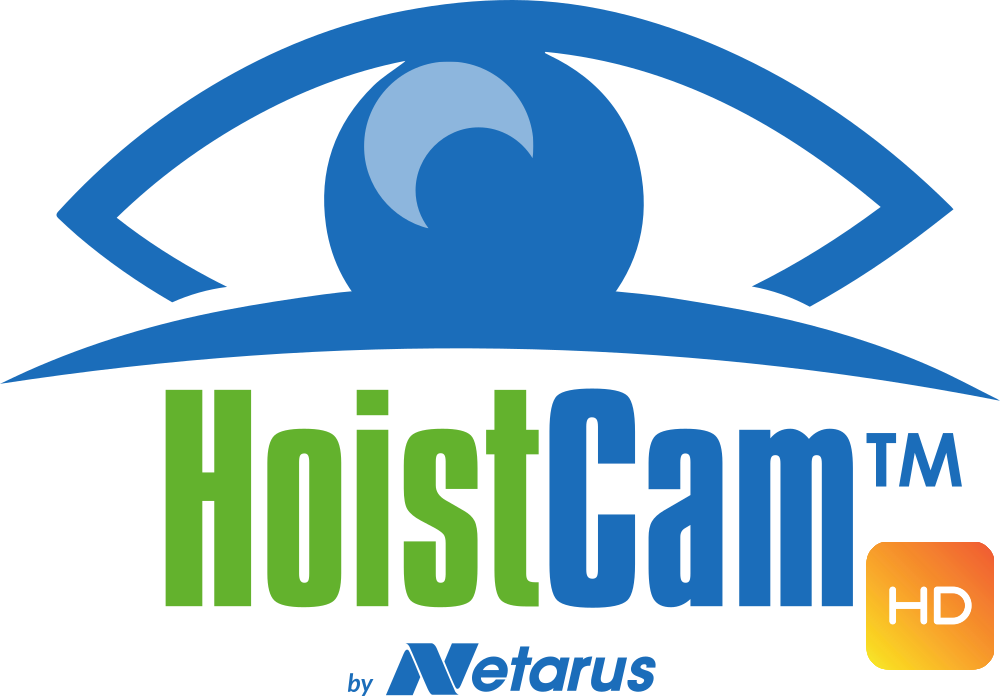Situational awareness is defined by Wikipedia as, “the perception of environmental elements with respect to time or space, the comprehension of their meaning, and the projection of their status after some variable has changed, such as time, or some other variable, such as a predetermined event. It is also a field of study concerned with understanding of the environment critical to decision-makers in complex, dynamic areas from aviation, air traffic control, ship navigation, power plant operations, military command and control, and emergency services such as fire fighting and policing; to more ordinary but nevertheless complex tasks such as driving an automobile or riding a bicycle.”
In other words, anytime you are operating a motor vehicle or piece of machinery of any kind, or working in any environment where there is a high risk of an accident happening, you have to be constantly aware of what is happening around you. Your must remain alert, and adapt quickly to changes in that environment in order to keep yourself, the people around you, and the equipment and supplies around you safe.
For the crane operator, there is one huge flaw in this concept; since you cannot always see the site where you are working, you cannot always be aware. Crane operators often have to perform what is called a “blind lift,” which means that they are using the crane to lift extremely heavy loads from places which are cut off from their line of sight inside the crane. The same is true when they release the load; it is often done in places where the crane operator simple cannot see.
For a crane operator on a job site, situational awareness can be the key to saving hundreds of thousands of dollars, and even saving lives. Not only is it critical for your own personal safety to be aware of everything around you, but it is vital to the safety of those on the job site. But how can the crane operator practice true situational awareness when he or she cannot see in vital areas of the site? That’s where cameras on cranes come in.
HoistCam has created a brilliant solution to this issue. Whether they are being used on a large construction site, a truck crane, a container loader, an offshore oil rig platform, luffing boom cranes, shipyards, or any other type of crane, HoistCam has a camera which can give line of sight back to the crane operator. By attaching the HoistCam to the crane hook, or anywhere else where a second set of eyes is needed, the operator can see anywhere he or she needs to.
With a monitor display of everything that the camera sees, the crane operator is able to get a bird’s eye view of every aspect of the lift. No more blind lifts, no more drops in mysterious and unseen places, and no more total dependance on the communication to the man on the ground. HoistCam increases situational awareness for the crane operator by allowing him or her to see in places where only the crane can go. This saves time and money by making it possible for the operator to perform lifts much more quickly, while greatly reducing the risk of an accident.


